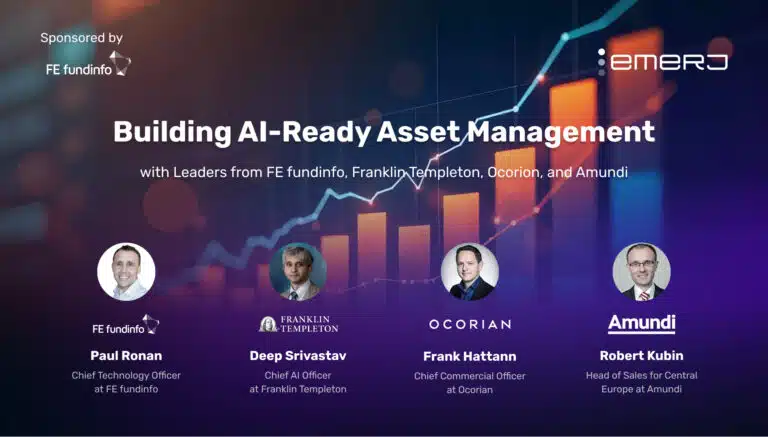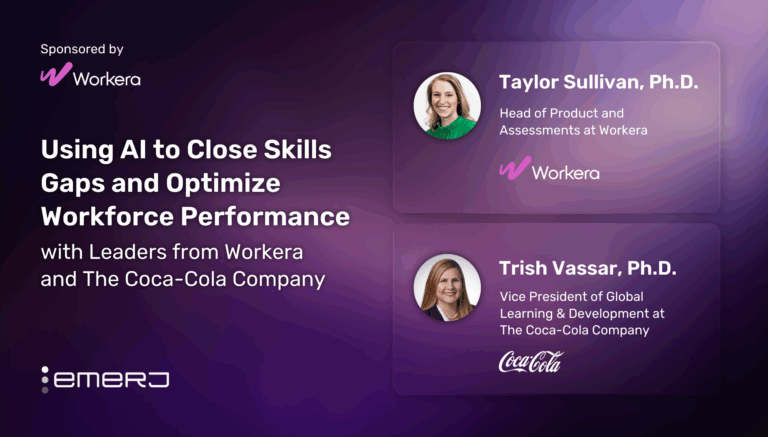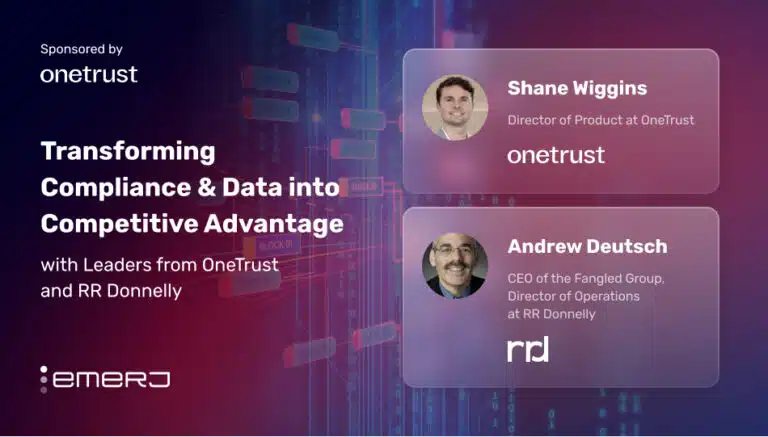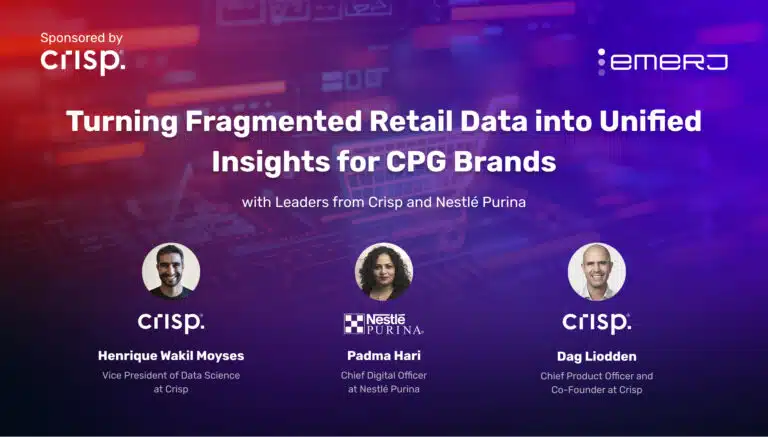Understanding customer feedback gets harder and harder at greater scale and with a greater variety of channels through which customers can provide feedback. Businesses that seek to better grasp the sentiments of their customers might have to sift through thousands of messages in order to get a feel for what customers are saying about their products or services.
In order to save time and resources, businesses might look to automation that can quantify customer feedback from channels such as chat messages, emails, call center recordings, and social media comments in real time. Natural language processing (NLP) may help some businesses with a high volume of customer feedback garner insights from it in the form of quantifiable trends, or in other words, increases and decreases in the frequency of specific customer complaints.
Dialing into quantified customer feedback could allow a business to make decisions related to marketing and improving the customer experience. It could also allow a business to better know if a recent shipment came with defective products, if the product development team hit or miss the mark on a recent feature, or if the marketing team generated a winning ad or not. Quantified customer feedback could also inform whether or not a consumer goods company stays or parts ways with their delivery company or if a recently implemented program to improve customer service response time is meeting its goal or not.
A business could also learn how its customers are reacting not only to its products and services, but changes in its customers’ cultural and technological landscapes that are affecting what its customers are looking for and how.
In this part of the series, Luminoso co-founder Catherine Havasi provides insight into how and why customer service-related trends are critical for a business and how businesses can decide on which of these trends to focus. Havasi discusses different individual examples in industries where trends have been critical in driving value within a company. She explores areas and applications where understanding customer service-related trends have driven significant value for a company.
According to Havasi, consumer satisfaction is the main driver for change in a business, and since consumers have so many choices in the market, it is important to take the initiative in making their experience as smooth and pleasant as possible. However, the challenge is discovering whether these initiatives are producing the desired results.
It’s really about finding the biggest friction points in the customer journey and seeing how, when you address those friction points, they move around [and] how you can keep an eye on really difficult spots. And that’s not just for the customer service side of the equation. You can also apply some of that to when you’re bringing new customers on board and when you’re working with potential clients.
In order to do that, a company needs to dial into numerous conversations across many communication channels. It might be difficult for customer service representatives to organize the content of these conversations in real time while simultaneously picking up on any possible trends laden within them on the aggregate. Below are some use cases for discovering customer experience trends with natural language processing, a machine learning technique that could in some ways automate the process.
Use Case: Hotel Services
Quantifiable customer support trends could help businesses measure process improvement. For example, if a hotel chain sees an increase in complaints relating to the speed of room service in a particular region, it may implement a program to improve room service delivery time in that region. It would measure the success of that program by keeping track of the trends in room service-related complaints. If the number of room service-related complaints are trending down in that region, it may indicate that the program is working to improve room service delivery speed.
Clearly this analysis is not an exact science. There’s no real way to know for a fact that the program is what caused room service speed-related complaints to trend down, and it requires making inferences to determine why they trended up in the first place. That said, quantifying customer complaints with sentiment analysis and NLP may help in improving the accuracy of those inferences.
For example:
If the hotel sees a spike in room service-related complaints that don’t specify the issue with the room service, the hotel would likely benefit from changing one aspect of the way room service is done at a time and then checking to see if the trend in room service-complaints goes down with each of those changes.
Note that implementing too many changes at once in this scenario would make it much more difficult for the hotel to determine both the reason for the upward trend in room service-related complaints and the reason for their eventual downward trend, assuming one of the changes works.
[tecarousel]
Use Case: Consumer Goods
Dr. Havasi describes how one consumer goods site split test the types of things their salespeople said during conversations and used NLP to track the trends in customer behavior that may have been the result of the difference between the things that were said. They used trend information to determine the best way to engage customers in a way that would encourage them to make big-ticket purchases.
Every week, employees would discuss the types of things that were said in conversation, using the trend information they garnered from the NLP program as a jumping off point. They found that talking about one particular feature of one of their products appeared to increase the likelihood that a potential customer would purchase that product. At the same time, they found that talking about a different feature appeared to decrease that likelihood.
The staff was then encouraged to split test saying other things during their conversations with customers to see if there was possibly a resulting positive or negative trend in customer behavior.
Catherine describes it as follows:
So it’s all…a feedback loop, and it becomes part of your business thinking; it becomes part of your process.
Companies could use NLP software to discover how the way salespeople and prospects are conversing affects the sales. The resulting trend in sales increases or decreases can then help guide companies on how to most effectively close sales.
After the sale is made, a consumer goods company might use sentiment analysis and NLP to pick up on an increase in delivery-related customer complaints. The software might reveal a trend in words and phrases such as “where is my product?” or “it’s been” and then a number of days. If the company has historical data, they might see that this increase in delivery-related complaints is unusual for the time of year, and they might have a customer support representative dive deeper into them.
The company might then consider the cause of the uptick in complaints in order to fix any problems in the delivery process. Perhaps they consider the following:
- Customers are comparing the company’s delivery speed to that of Amazon’s. They have grown used to next-day delivery and expect the products they order from other companies to show up just as quickly.
- Purchase-to-ship time is unusually low, indicating a problem with the warehouse.
- Packages take an unusually long time to make it to the customer’s address once they’re picked up from the warehouse. This could indicate a problem with the delivery company.
- Weather on the delivery route is affecting delivery time
Having created a list of possible problems, the company can then change or correct a component of the delivery process to return the delivery-related complaints to their usual level of incidence. For example, the company might check to see if their delivery company recently changed its routes. They may ask the company to return to their original routes and then check to see if the reversion decreases the number of delivery-related complaints. If it doesn’t, then the company knows that the delivery company is not the problem.
After checking on other possible causes, the company might find that the increase in delivery-related complaints are actually most likely due to the expectation that Amazon creates for consumer goods companies. They might then try to change their marketing so that their promise of guaranteed 3-day delivery sounds like a selling point even if it isn’t the next-day shipping promised by Amazon. If the number of delivery-related complaints decreases as a result, it might retroactively confirm the high expectation as the cause of the uptick.
Use Case: Direct Response Marketing
Another example might be for that of a direct response company. The company might send out an email that intends to get people to go to a sales page and purchase an item at a discount. Perhaps the software picks up on an increase in words and phrases like “discount,” “scam,” or “false advertising.” If their upward trend is unusual for the type of email that was sent, the company might then consider the following:
- The email body copy is incongruent with the sales page copy; the former doesn’t have anything to do with the latter
- The email body copy offers the item at a price that’s different than the price on the sales or checkout page
- The sales page doesn’t make it clear to the customer that the discount is automatically applied when they go to the checkout page.
- The email body copy makes no mention of the subscription service to which the product comes attached
After coming up with the list of possible causes, a company might delegate a task to an employee that involves checking to see if the email body copy is indeed incongruent with the sales page copy. If that’s the case, they might find that someone has made a mistake and that they should send out an email apologizing for the inconsistency.
Similarly, perhaps whoever set up the checkout page on the backend accidentally typed an extra “0” when typing product price. Again, the company might send out an apology email with a link to the corrected checkout page.
If this is not the case, the company might think about making more clear that the discount they’re offering in the email is automatically applied or that a subscription service comes attached to the product.
In any case, the company would then monitor the trend in “scam” complaints to see if they decrease after implementing one of the changes mentioned above.
Use Case: SaaS
A SaaS company might update their software every 2 weeks. As a result, it could deal with a high number of customer service tickets related to those updates. An NLP program could potentially pick up on a an upward trend in tickets related to a specific aspect of an update. Then, it could determine that customers having trouble with that aspect of the update should be directed to self-help instructions instead of routed to a chatbot or a human agent.
The crux of an NLP program lies in its ability to be able to learn, in this case, which customer service inquiries warrant an agent response and which warrant a link to a self-help site with details about the update.
The NLP program could also pick up on trends that could inform ticket bucketing. In other words, it might find categories of common ticket types. As a result, the SaaS company might be able to reduce the resources it spends dealing with routine customer service tickets, such as those related to passwords.
After learning that password problems are a common customer complaint, it could learn to send the customer to an appropriate password reset webpage over routing them to an agent. Customers might then be less confused than they might be if they interacted with a chatbot.
The NLP software could also provide metrics regarding upward trends mentioning certain bugs that result from the biweekly software updates. This kind of insight could help the SaaS company focus on preventing those bugs in future software updates, thus reducing the number of complaints related to those bugs and generally increasing the quality of the customer experience.
Havasi details the potential power of NLP when it’s integrated into a regular business flow:
When AI really succeeds is when AI becomes part of a workflow, becomes a part of the fabric of how something works… It becomes part of something. It’s not like, oh, this company has AI-enabled customer service. It’s just this company does good customer service.
Below is Luminoso’s NLP process detailing how text data becomes actionable insights:
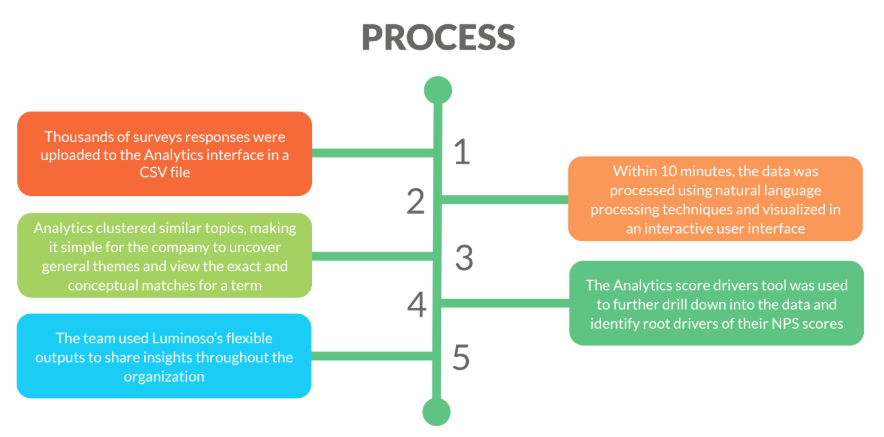
Fortunately for smaller companies, NLP may be more accessible than other AI systems. Indeed some AI systems in general may no longer require access to huge amounts of proprietary data and a team of data scientists.
Havasi reflects this sentiment when she says:
There is this fear and…perception that you have to take months and months and months to set up in training systems, and that’s not what’s happening anymore…a market is developing this great thing called transfer learning, which is something we use, which basically allows you to move a model into a domain without that much data, in a way that doesn’t require experts. And so that really opens things up to being used in different places.
In a nutshell, some AI models use “common sense” AI that involves building in knowledge into the model itself so the user does not need to feed it a large amount of data for it to be accurate. The idea is to “democratize” AI for smaller companies (or companies with less data), as most will never have the amount of data an enterprise such as Google has at its disposal.
This kind of “common sense” AI works well with NLP, which does not require proprietary data to work. A letter “L” is a letter “L”, and the word “bathroom” means “bathroom,” no matter the font in which it’s written.
While context certainly matters (a “bathroom” has different features and connotations on an airplane than it does in a hotel room), it is hypothetically possible to train an NLP engine to understand common terms. This means that a business with a relatively limited volume of text data can still derive insights from an NLP engine that has already been trained in English.
In theory, businesses could benefit from AI systems that run on the data of previous, larger users. Havasi describes it as follows:
You can just learn about how language works as a whole….so much of the way people learn, the way people think, is based on our everyday understanding.
However, NLP and “common sense” AI systems still have their limitations. They need a digital source of data to detect patterns and trends. That said, some industries may find it necessary to integrate AI technologies in the next five years to stay ahead. Havasi expounds:
Anything within the spectrum of mobile or digital (retail)…anything in technology, media, entertainment, anything in software and anything in hardware. Those areas are really going to have to be paying attention to this because everything in their verticals evolve so quickly.”
These industries include insurance, healthcare, pharma, finance—those which involve a large amount of digitized data. For example, although there are uses for AI in heavy industry, it’s unlikely that employees on the ground would make use of it in their day-to-day work. Not the case for an insurance agent, who may use a machine learning application to file claims and detect fraud.
Although one should be skeptical of AI and never rush to use it for the sake of it, even smaller businesses with large amounts of text-based data may want to figure out if NLP software is right for them.
This article was sponsored by Luminoso, and was written, edited and published in alignment with our transparent Emerj sponsored content guidelines. Learn more about reaching our AI-focused executive audience on our Emerj advertising page.
Header Image Credit: Travelers Insurance




